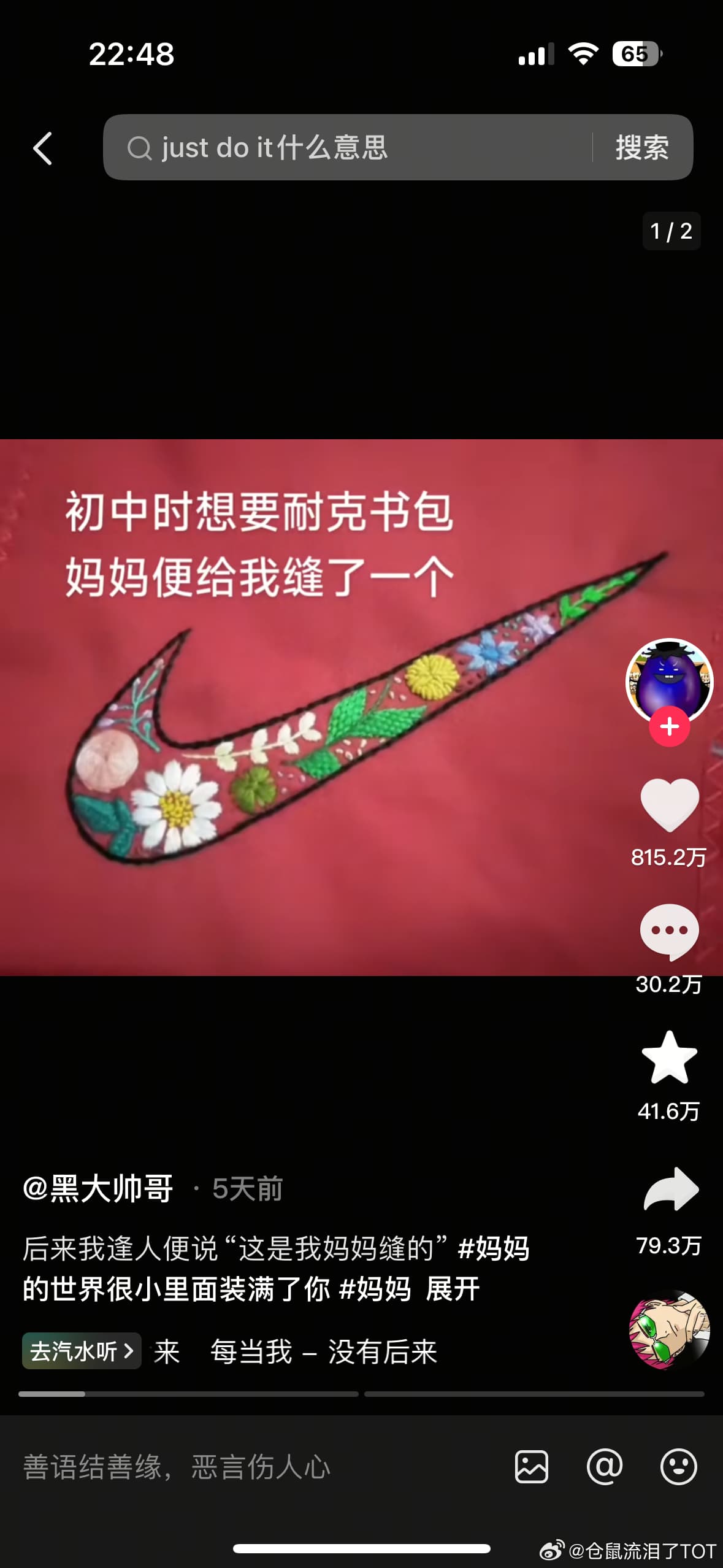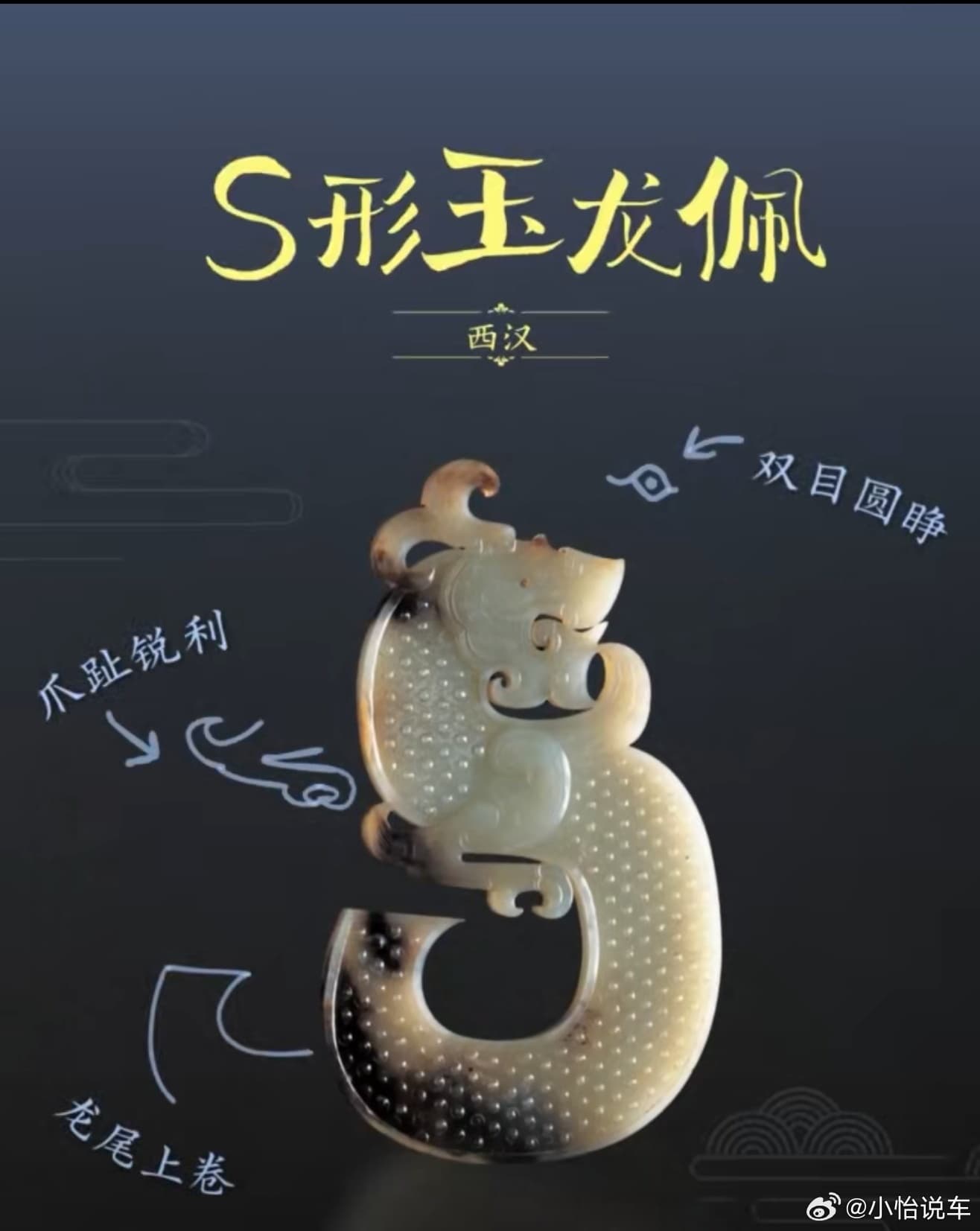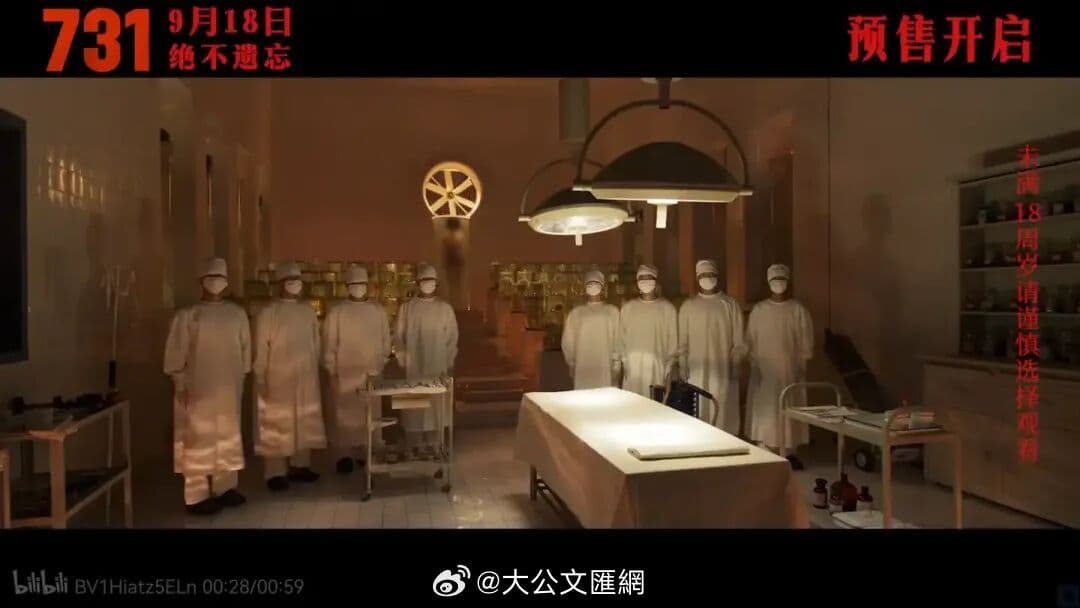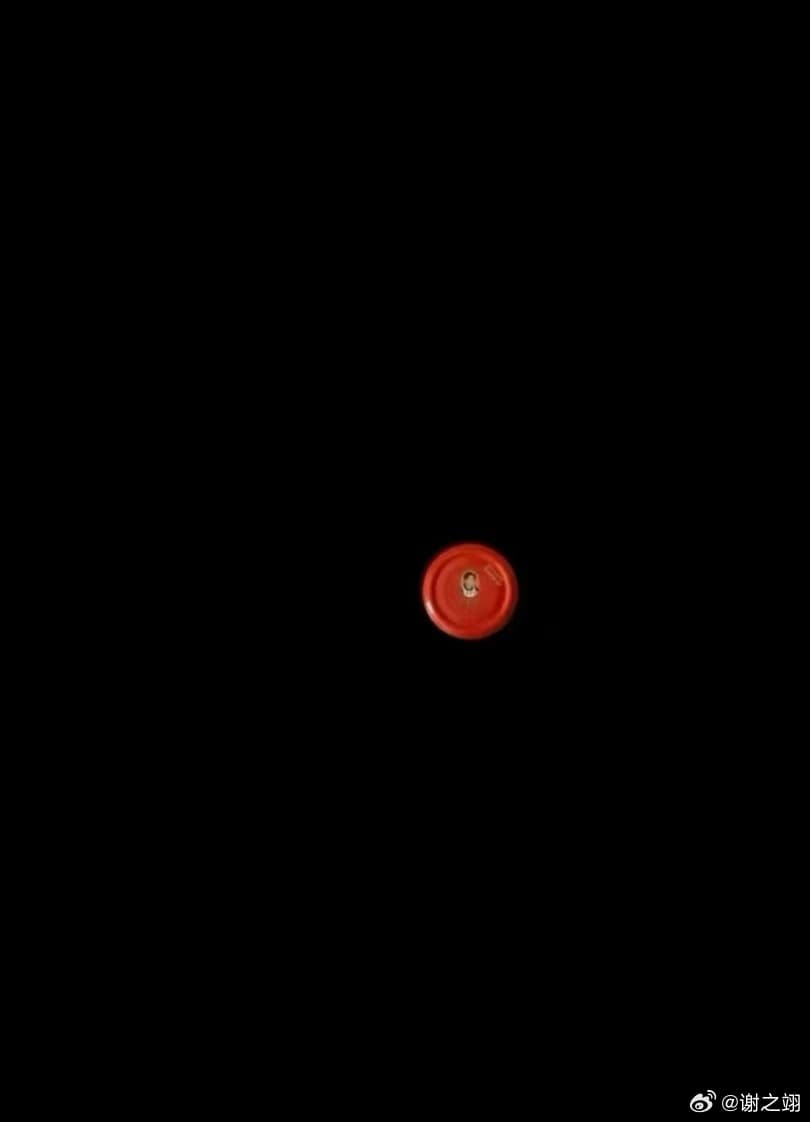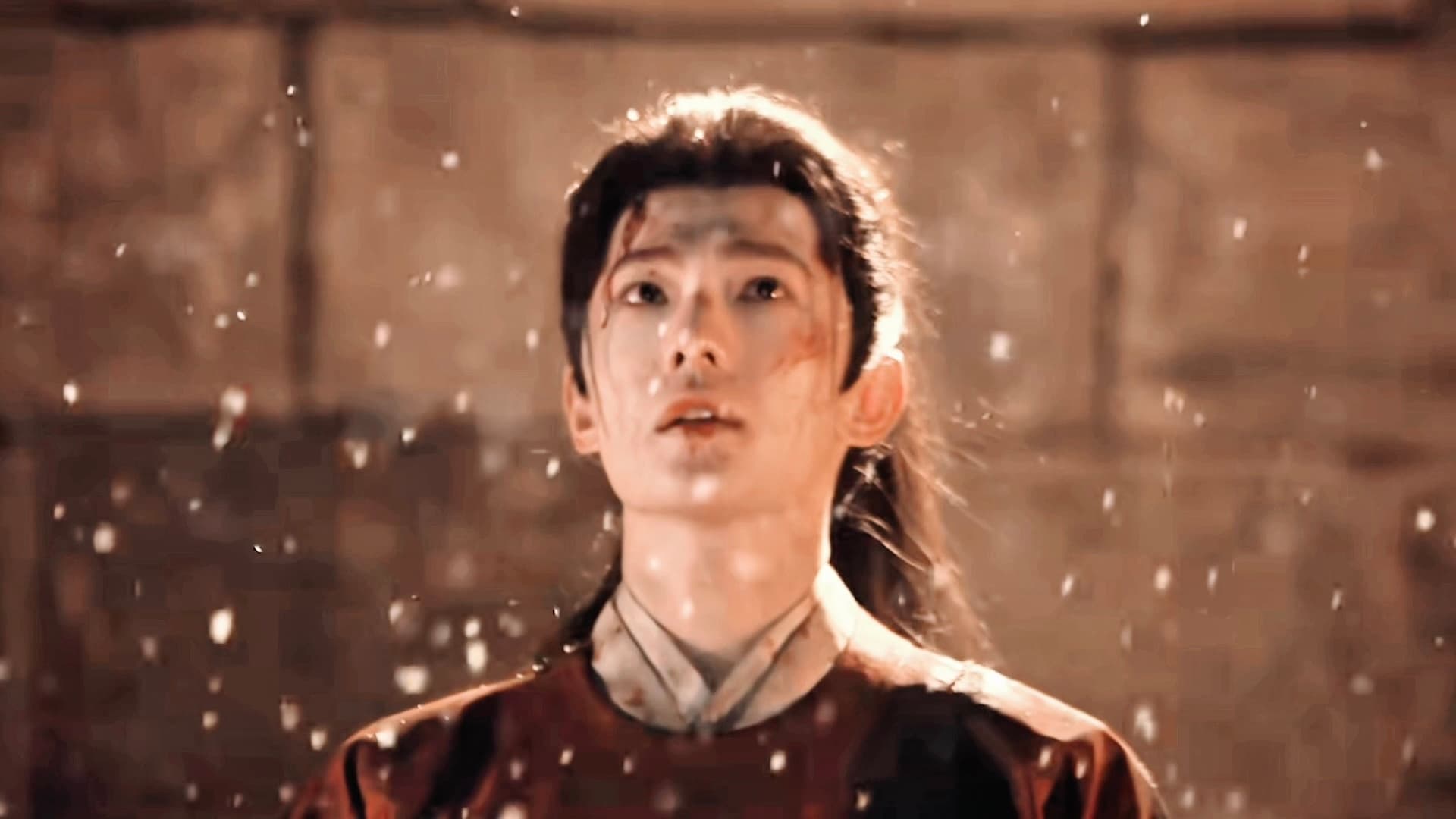Two Sessions: A Guide for Young Learners
The 14th National People's Congress (NPC) and the 14th National Committee of the Chinese People's Political Consultative Conference (CPPCC) recently held their second sessions in Beijing, creating a buzz on social media platforms like Weibo. With over 540 million views and thousands of comments, the annual "Two Sessions" event continues to capture the attention of Chinese citizens and netizens. The Two Sessions, also known as the "lianghui," are the annual meetings of the NPC and the CPPCC, during which China's top legislative and political advisory bodies discuss and make decisions on important national issues. These meetings provide a glimpse into the inner workings of China's political system and have become an important platform for the country's leaders to address the public. Recently, a Weibo post featuring a set of images went viral, aiming to educate young learners on the basics of the Two Sessions.
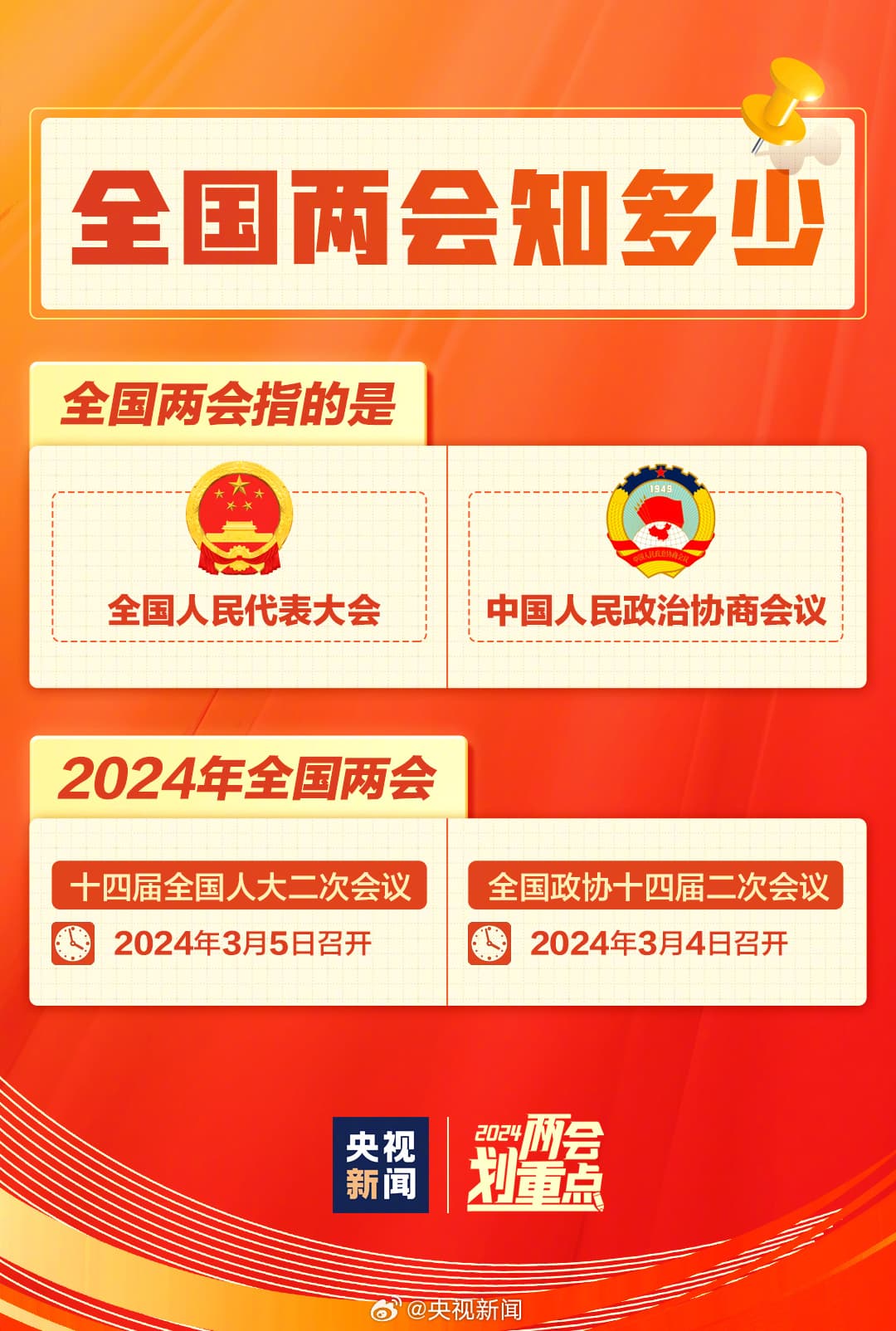
1 March 2024
The post generated mixed reactions from netizens, with some praising the initiative while others expressed concerns over the teaching methods used by the professors featured in the video. The viral post, captioned "一组图了解两会知识 (Understanding the Two Sessions through images)," presents a series of images designed to help elementary school students understand fundamental concepts related to numbers and sets. The images were accompanied by the following text:
- The smallest prime number is: 2 2. The smallest composite number is: 4 3. The smallest odd number is: 1 4. The smallest even number is: 0 5. The smallest natural number is: 0 6.
The largest integer is: There isn't one The post also features a video of a naval vessel, prompting some confusion among viewers, who speculated on the connection between the content and the Two Sessions. Despite the confusion surrounding the naval vessel, thousands of netizens showed their support for the initiative, prompting the question, "关于全国两会,你了解多少? (How much do you know about the Two Sessions?)" in the comments section.
Many parents expressed their gratitude for the educational content, emphasizing the importance of making such information accessible to young children: "这个资源真是太好了!我们家长一定要收藏好。 (This resource is fantastic! We parents must save it!)"
However, not all reactions were positive. A video of two professors from an unidentified university emerged, in which they can be seen engaging in a heated argument over the use of a social media platform to share knowledge. The quarrel led to an inquiry by local authorities into the behavior of the professors, further fueling the debate on social media. Some Weibo users expressed their support for the authorities' intervention, while others criticized the excessive focus on the professors' behavior: "这些教授行为确实有待改进,希望教育部门能够给予更多指导。 (These professors' behavior certainly needs improvement, and I hope the education department can provide more guidance.)" "为什么要大搞这么多?就因为他们在网上发了一些知识没事别整。 (Why do they have to make such a big deal out of this? There's no need to cause such a fuss just because they shared knowledge online.)" As the debate continues, it remains clear that the Two Sessions have captured the attention of both Chinese citizens and netizens, creating an opportunity for more in-depth coverage and engagement surrounding China's political system. In conclusion, the "一组图了解两会知识 (Understanding the Two Sessions through images)" post has successfully raised awareness on the topic of the Two Sessions among young learners and their parents.
While the controversy surrounding the professors' behavior has sparked a debate on social media, it has also highlighted the importance of providing accessible and engaging educational content for children. As China continues to develop its political system, initiatives like these will play a crucial role in engaging future generations and fostering a greater understanding of the country's political landscape.
